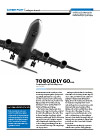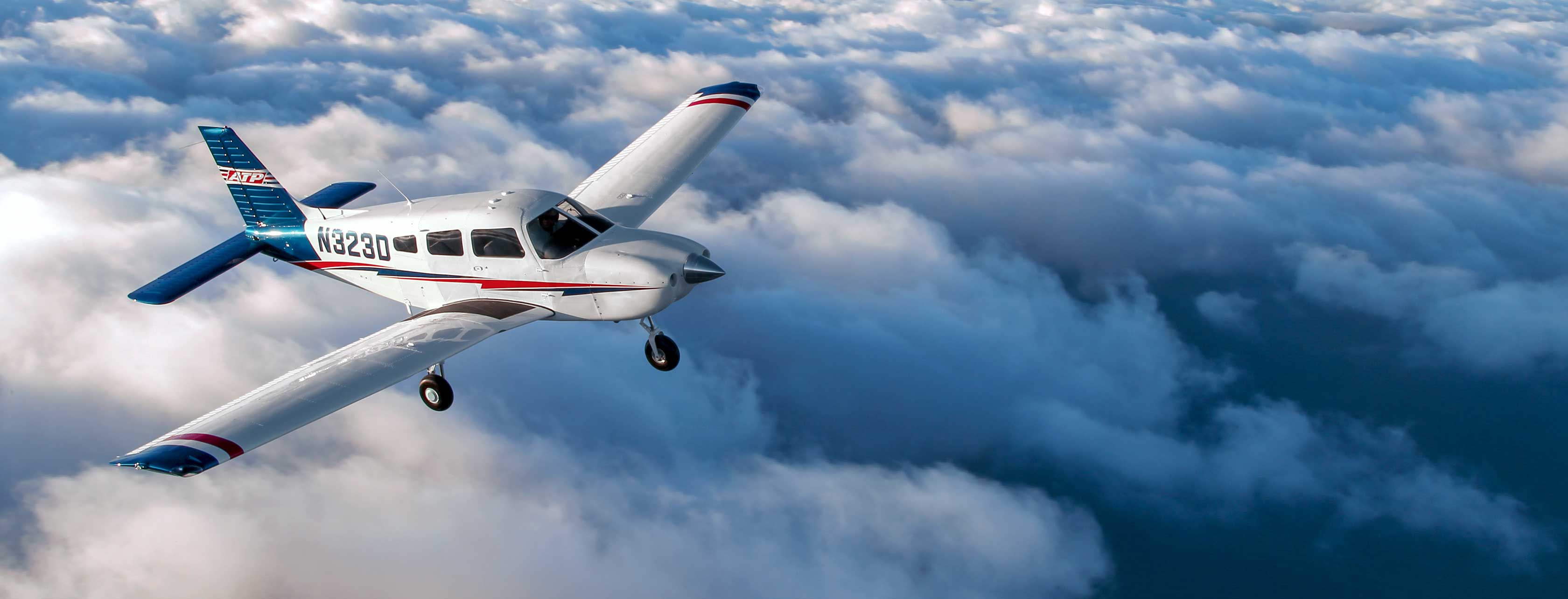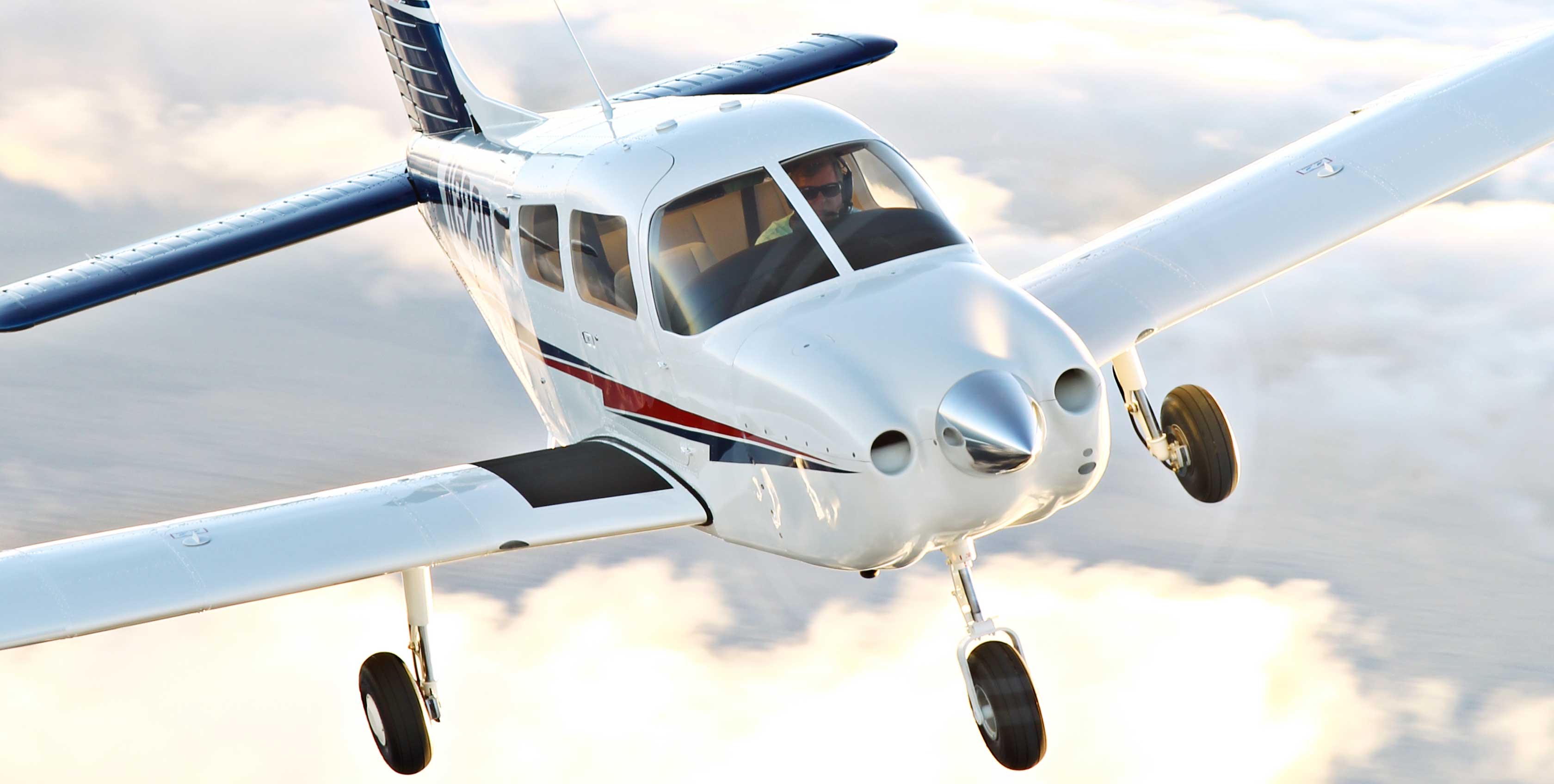To Boldly Go... An Aspiring Airline Pilot’s Budding Journey
AOPA Flight Training - February 2011
For the last several months, I’ve been mentoring an aspiring airline pilot, Lindsay, a flight attendant from my airline. As with most prospective career pilots, it’s been a lot of hard work, but she loves flying and has devoured the primary training process to quickly obtain her initial certificates and ratings.
She faced many obstacles and challenges on the way. One time she e-mailed about troubles talking on the radio. This is often a hard step for pilots in initial training to get through. It’s like delivering a speech to a crowd of aviation experts while disguising the fact that you have no clue what you’re talking about. The nervous mind has a way of blowing things out of proportion.
Lindsay explained that she was having a hard time remembering what to say and when. Often, her flubbed radio calls were getting her frazzled and affecting her flying. Prior to the instrument checkride, her instructor only dinged her on her radio skills and recommended some extra training in that area. I explained that talking on the radio is a little like a dance.
Once you know the steps, it becomes easy. I recommended listening in on the radio or riding along on other students’ lessons to hear what’s being said without having to also concentrate on flying. I also pointed her to the Comm1 radio simulator product. I explained to Lindsay my experience with the same problem many years ago.
One of my instructors put it very simply, “Just parrot what the controller says and think about it after you read it back,” he said. It sounded silly to me, but it worked.
Once I released the push-to-talk button, the nervousness went away and I could replay in my head what the controller said?and simply do it. Naturally, the more I flew, the easier it became.
With the help of her instructor, Lindsay jumped in a flight-training device to fly approaches while her instructor played ATC. He threw some curve balls by using similar-sounding call signs and attempted to derail her approach briefings by interrupting with radio calls.
“The more approaches I practiced, the more I was able to anticipate what I was going to be told next, and what I should be listening for based on my position during the approach,” she said. “It also made me less overwhelmed when I was told a long string of information that I had to repeat back.” In addition, her loaner headset had only one working earphone, which she didn’t realize was absolutely not normal. Since it looked like she was going to stick with this flying gig, Lindsay treated herself to a new Lightspeed headset and suddenly was hearing clearly and in stereo.
Personally, Lindsay’s decision to pursue a pilot career derailed her life. “I struggled choosing a flight school, how to balance my current job with my training schedule, how to compare costs and figure out how to pay for it all,” she said. She didn’t want to walk away from her job as a flight attendant with a major airline that could someday hire her as a pilot. Besides, her pilot contacts at the airline?me included?were a valued resource. One of those pilots offered her a position as a flight instructor at his Maryland flight school to build time once she obtained her CFI.
Lindsay obtained her CFI certificate a scant seven months after starting training. With her mentors’ help, Lindsay had to make another critical decision—take the CFI job in Maryland, or some other route? The Maryland job meant flying mostly single-engine airplanes, the time in which was not nearly as valuable to the airlines as multiengine time. Plus, winter weather there can keep airplanes grounded for days at a time, slowing her progress.
With the fast-track goal of an airline job in mind, Lindsay elected to accept a position as a CFI at Airline Transport Professionals, where she’d be flying multiengine airplanes almost exclusively.
She signed up for ATP’s Self-Paced Career Pilot Program, which allows her to continue flying as a flight attendant. Once done, she’ll have 220 total hours, half of which will be multiengine time.
The financial burden is steep, but Lindsay has persuaded the bank of Mom and Dad to finance her dreams at a low interest rate. Perhaps they, too, are aware of her impressive determination to see a goal through?
Lindsay’s story is far from over. I’m confident that her enthusiasm, work ethic, and perhaps some good timing in the industry will land her a seat in the cockpit of an airliner someday—perhaps soon.



